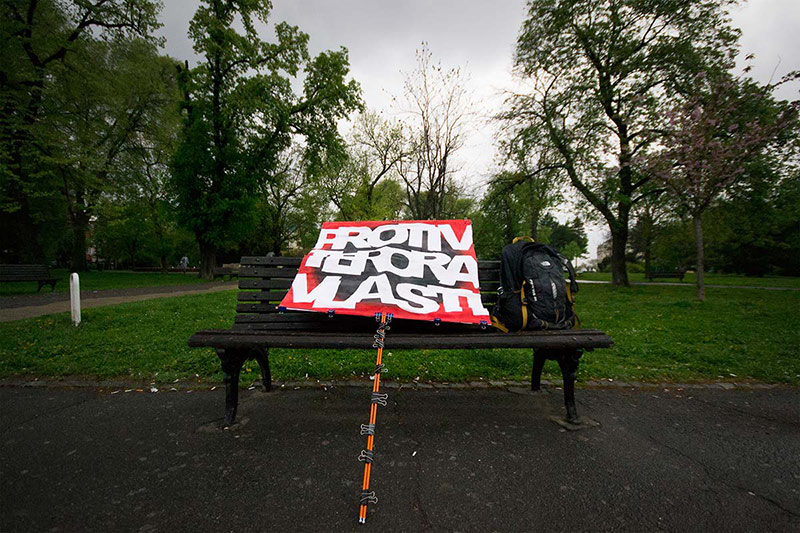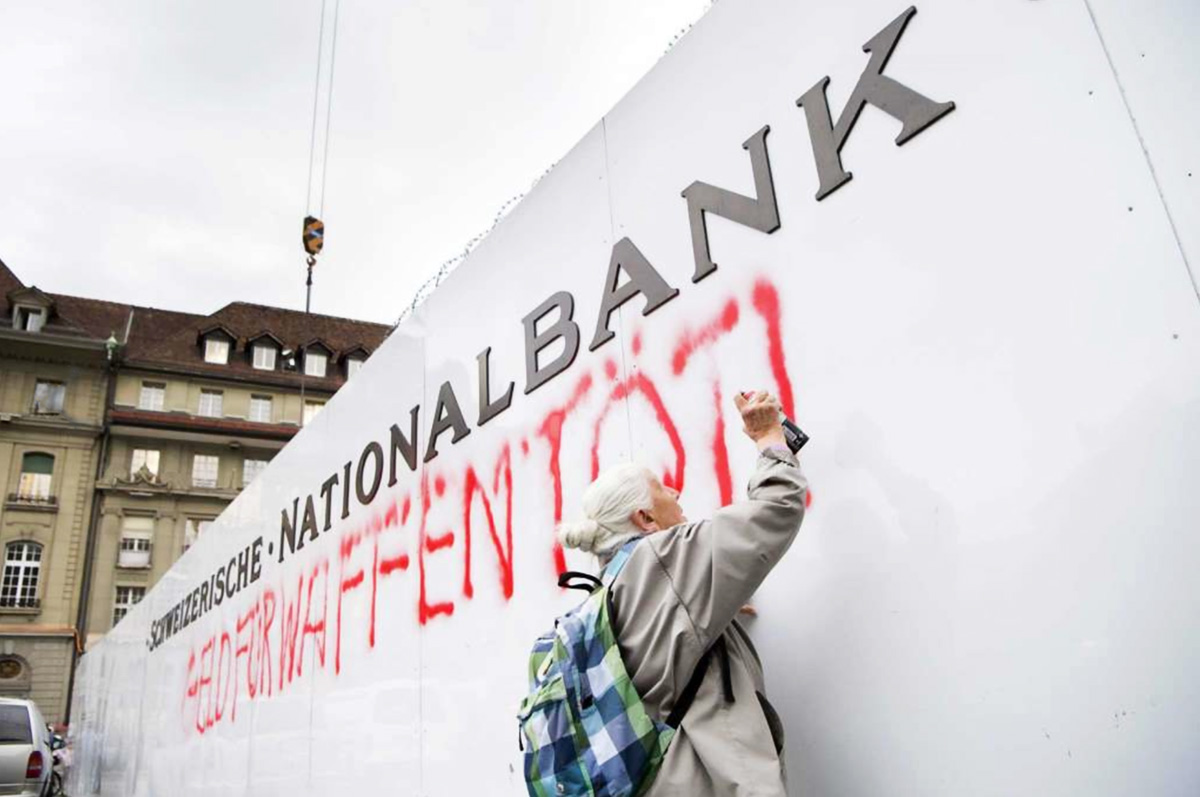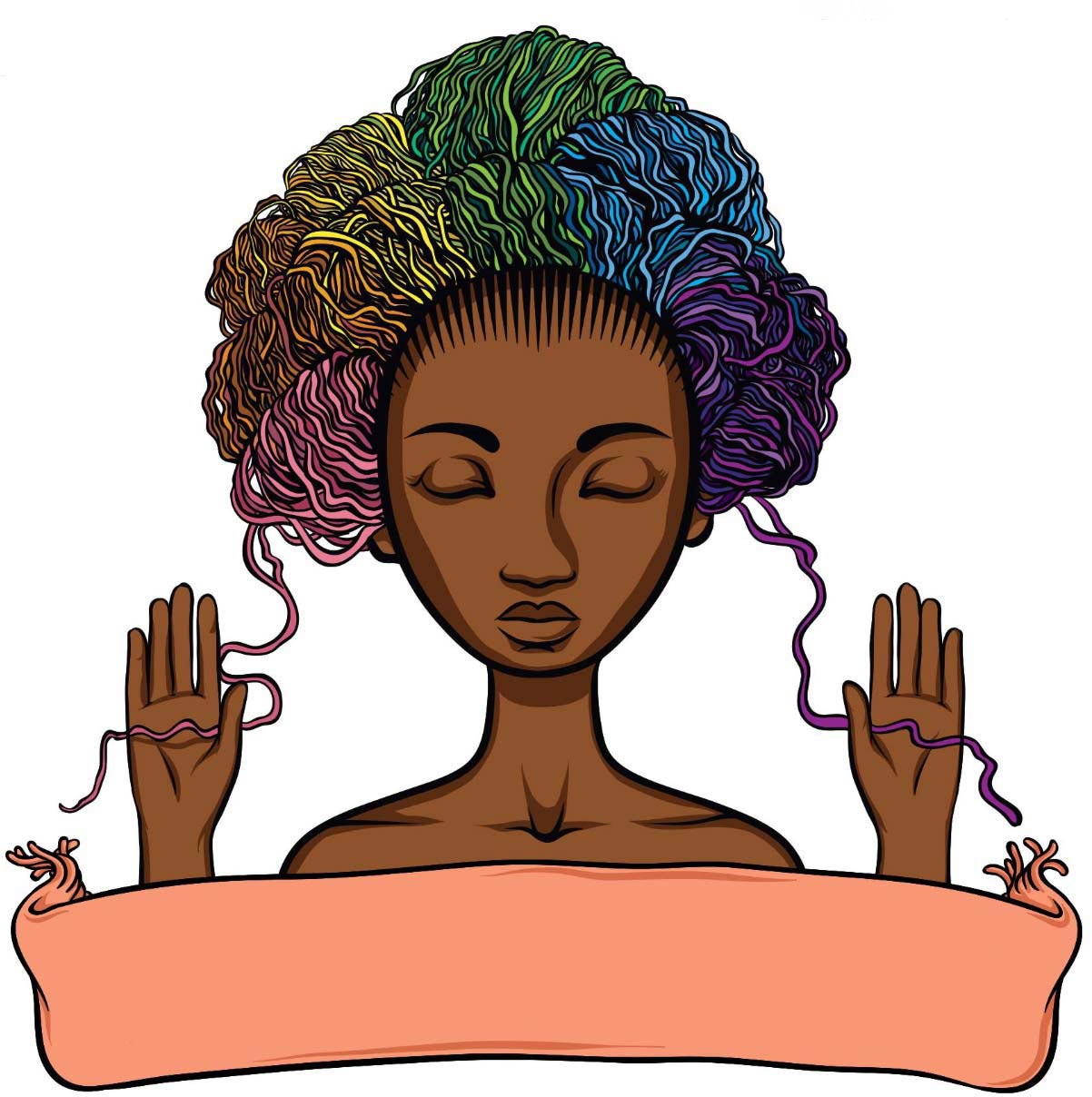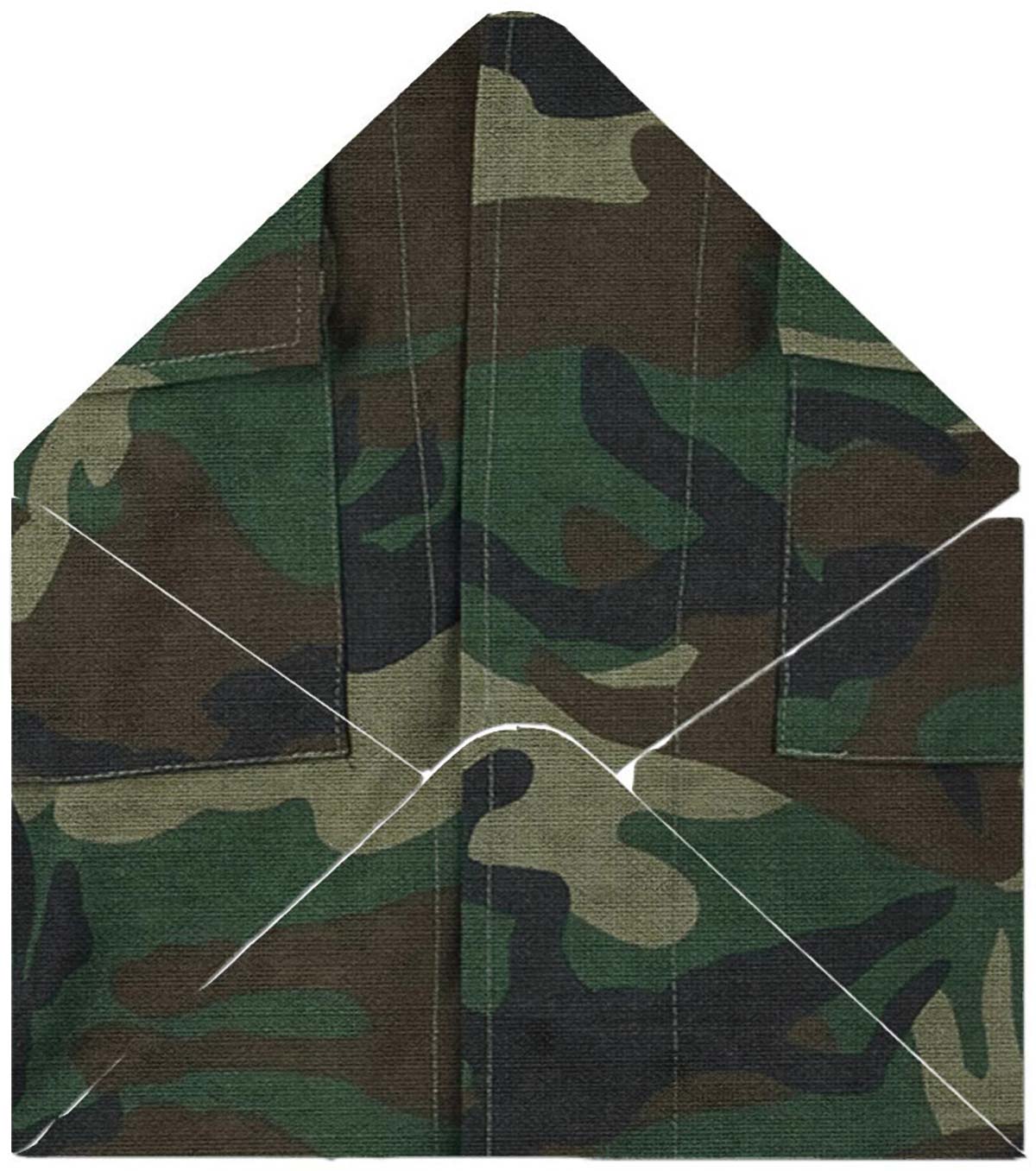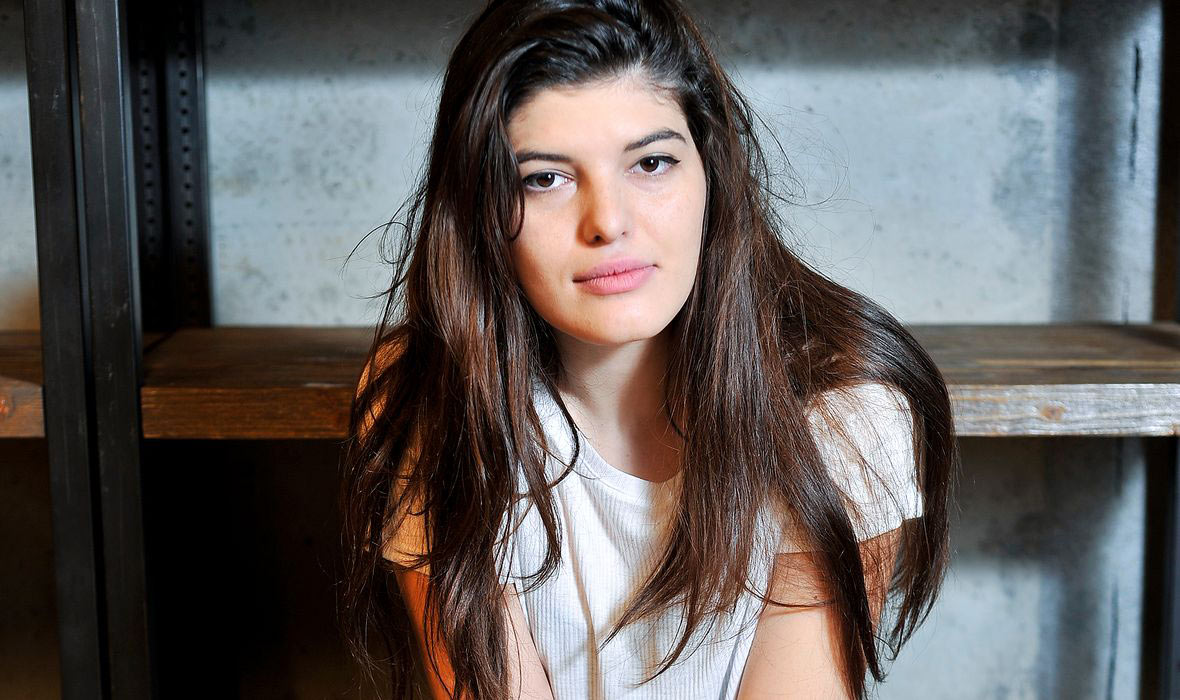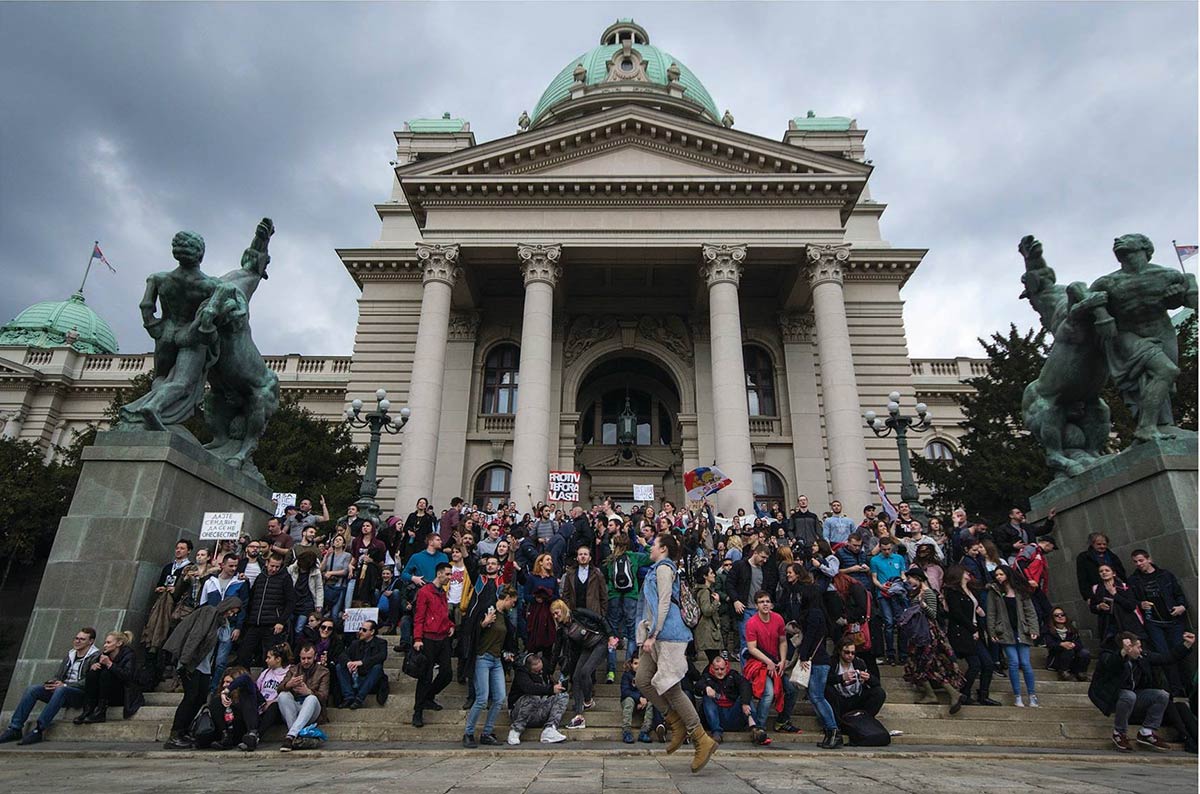
Since April 3rd, street protestors have been asking for resignations, criticizing media and demanding higher social standards in Serbia.
It all started in Belgrade, unexpectedly and too fast to even figure out what’s going on. Then it spread onto other cities all across Serbia, more or less spontaneously, more or less successfully. I know I was following the vote count on the night of April 2nd online, and that people seemed to be as disappointed as I was. When I got the first invitation to a protest, I didn’t really take it seriously, it just seemed like an outburst that will never grow in to anything more. “What caused it was certainly Vucic’s victory in the elections, I don’t think it even mattered if he cheated or not, as much as people complaining about his authoritarian ruling. Perhaps even without being cheated directly, we felt cheated. I decided to go the next day to see what was going on, I did not expect a lot from it “said A. R, a protester and student from Belgrade.
We were all wrong. The protest wasn’t reported, it had no plan, no organization. The route was random. During two or three hours, the stream of people grew larger as others joined from all sides. No one can say whether these people, mostly young, came there with intention or joined spontaneously. But something happened – and they were there, and they keep coming back, in numbers that vary constantly, up to this day. “If you believe in change, then you have to fight for it. That’s why I’m here from the beginning, “says J. B, an Economy student from Belgrade. “I joined the protest on April 4th, Students’ Day, mainly due to student questions, but it was the same day that it turned into something more,” says M. S, a final year Literature student, describing the events in Novi Sad.
Keeping up with the protests soon became chaotic and very hard work. Most of the official media kept silent, tabloids forged conspiracy theories and took every chance to discredit the participants, and social networks became the main source of information. And as in any similar situation, all information was suspicious, half-checked and uncertain. Protestors emphasize that they have “no leader”, that they “do not support any official opposition”, that the protests are “self-organized and don’t have representatives”. Every day on the streets, they ask for resignations, criticize media and demand higher social standards in Serbia. “The reason for the protest was spontaneous, the cause – not at all. Living standards collapse more and more each year. The cause is much deeper then just elections: that’s why there are students, young parents with children, people in retirement …They’re all affected by this encompassing poverty, but everyone is there for a different reason, “ adds M.S.
This kind of spontaneous mass protest is the first we’ve seen since the turn of the century. It’s characterized mostly by being so unusually impersonal – no one had the benefit of a priory trust, they didn’t want representatives, didn’t want a mere replacement of political actors. There is a piercing feeling of deep dissatisfaction and a distrust of existing political structures and institutions. There is also an overwhelming fear of someone taking the wheel, of being used, manipulated. Analysts and journalist attempt to compare them with the protests in the 90’s, and the official Facebook events still show a picture that says “Sloba did the same. If we took down him, we can take down this one”. But for a critical understanding of these protests, it’s crucial to understand what sets them apart.
“The best thing about it is that it started off spontaneously, and that’s what keeps it from government interference and various parties having an impact on demands” says I.P, an unemployed young man from Belgrade. It seems as if protestors place a lot of trust in this lack of clear hierarchy and leadership. This advantage could, however, easily turn over. “A lot of people feel that there’s a need for at least some form of organization, because they feel like anyone could take over at this point” says A.R. Existing inequalities, when faced with no structure, quickly surface and lead to spontaneous hierarchies that can’t be eliminated by just repeatedly saying “we don’t want a leader”. When everyone has equal right to participate, these imbalances are what determine who can do what.
So the more eloquent, loud, and especially the ones with more experience in political organizing will very quickly stand out, even if only as a “gray eminence”. Even timing has a lot to do with it- it’s no wonder that most participants are unemployed or studying, as they are the ones that have the ‘luxury’ of showing up every day at 6 PM and walk for a couple off hours. The same goes for the organization of it all – after initial enthusiasm, only those who can afford it remain standing. So the question is wether this unofficial hierarchy will eventually push out an unofficial.
“Historically, mass protests tend to be instrumentilized, and if some sort of leadership comes up, I hope it will be, ideologically, on the right side” explains M.S. But what would that mean, exactly? The cacophony of political opinions at the protest doesn’t explain much. When we consider the official demands, only a vague solution emerges. “I support the social ones the most”, says M.S. On the other hand, I.P. says that “the demands are well thought-out, but they’re too much for a protest that doesn’t have that many participants, that’s not organized well enough to demand quite as much”. It’s obvious that, for now, people are protesting against everything. The intention was probably to have “something for everyone” as part of the demands. “Agrarian reforms”, “revisions of the IMF agreement” and a “government funded education system” is not something you can achieve overnight, and the question is who you direct these demands to anyway? In their current form, they look more like undeveloped points of a political manifest than concrete demands that would be worth gathering on the streets for. It’s possible that most participants still walk mainly because of unfair elections and media censorship.
Finally, the protests are a specific reflection of the parts of our society that don’t see their futures if things stay the way they are now. But also- we’ve been depoliticized for so long, in a context in which “ordinary people” have been exempt from any sort of effective political decision-making. And it seems as if the protest are mostly a revolt against this, an attempt to get these voices heard. It’s true that the numerous demands are idealistic and unspecified, it’s true that the structure of it is unclear, that the fear and distrust sometimes seem like the there is a collective paranoia quietly simmering. But all of this is irrelevant when you consider that the protests aim to create something new, something free of the political ailments that Serbia has been suffocated by for many years, a honest new beginning.
No walk in the dark is particularly dignified, especially one led by despair and anger. “It doesn’t matter what party you agree with, or who you voted for, what matters is that we can all gather around something we want to fight for”, explains J.B. It’s essential that, aside from all the “againsts” we’ve been hearing, this resistance shows initiative to come up with a few things they’re “for”, and even fight for it. “Ultimately, I’m fighting for me and my friends”, ends M.S. Whatever direction it takes, a society is only as good as the ability of it’s members to freely participate in politics. When the protests are over, we’ll be left with a great job of interpreting what happened, what they indicated, what they meant in general. And if nothing else- they opened up a whole new field, a new way of handling socio-political issues. A different field and a new way of setting up socio-political issues these protests are, if nothing else, surely open.
